No matter how old you are, you can’t help but get a little bit excited as you drive over a bridge. Seeing the structure up ahead of you in the distance, the anticipation as you begin entering the crossing, and then the spectacular views as you soar up and above a road, river or canyon, almost flying across the sky.
A bridge is often an incredible feat of engineering – yes, even the Dartford Crossing. They are a combination of science and design, with many bridge builders seeking that perfect blend of form and function. Here are our choices for the world’s most spectacular bridges.
Tower Bridge, London, UK
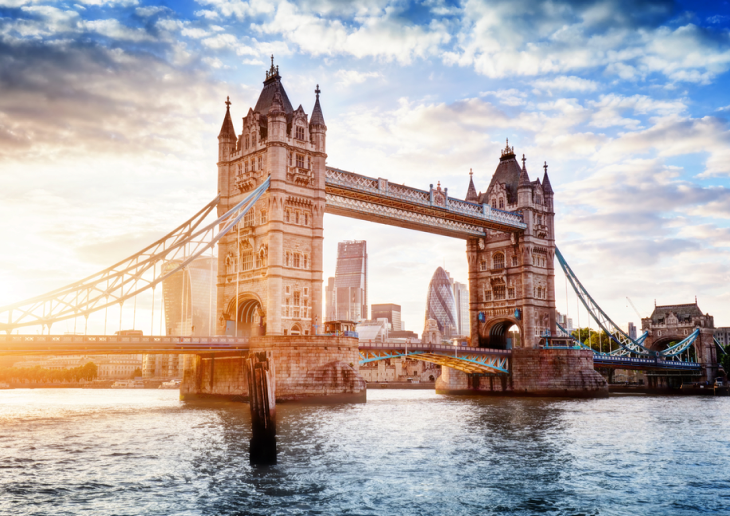
We’ll start with one of the most iconic bridges in the world. If you think of London, you think of Big Ben, Buckingham Palace, Trafalgar Square and Tower Bridge. This suspension bridge was built and opened in 1894, to try and help alleviate the amount of traffic that was starting to build up in London – and that was before cars were commonplace on the roads! It was designed by Sir John Wolfe Barry and Sir Horace Jones. Using two bridge towers built on the end of two piers, the bridge opens up a gap of 200 feet.
Famously, an American businessman tried to buy the bridge but thought it was named ‘London Bridge’, showing just how synonymous it is with the capital. Instead, he ended up buying the real London Bridge, which is further upriver and far more conventional in its design.
Golden Gate Bridge, San Francisco, USA
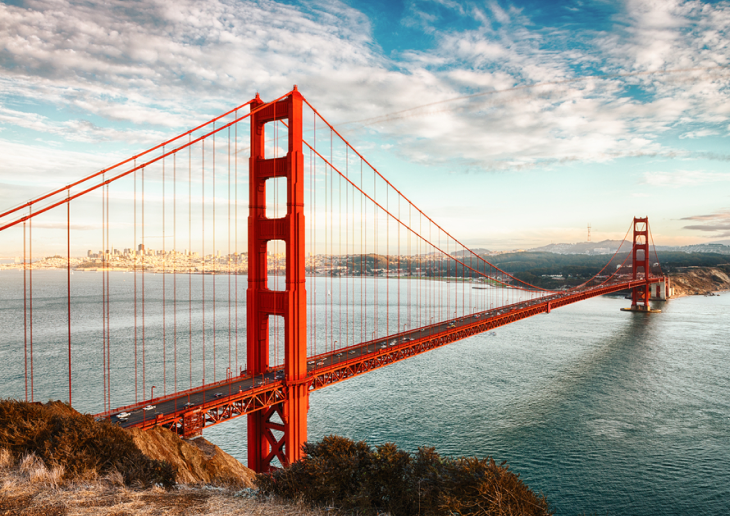
One of the great feats of modern times, the Golden Gate Bridge in San Francisco is possibly the most famous bridge in the world. It’ a colossal feat of engineering, stretching across for over 1.7 miles.
Designed by Joseph Strauss in 1917, construction started in 1933 and was completed in 1937. Built to forgo the need for traffic to take ferries across the Marin strait, it helped San Francisco to grow into the city that it is today.
The iconic orange red colour it has was not intended to be the final look, as this initial coat of paint was just a primer. But, when the architect saw the bright colours of the steel girders, he thought it was much better to look at than what they had originally planned, and so the iconic piece of engineering was given a splash of distinctive colour.
Clifton Suspension Bridge, Bristol, UK
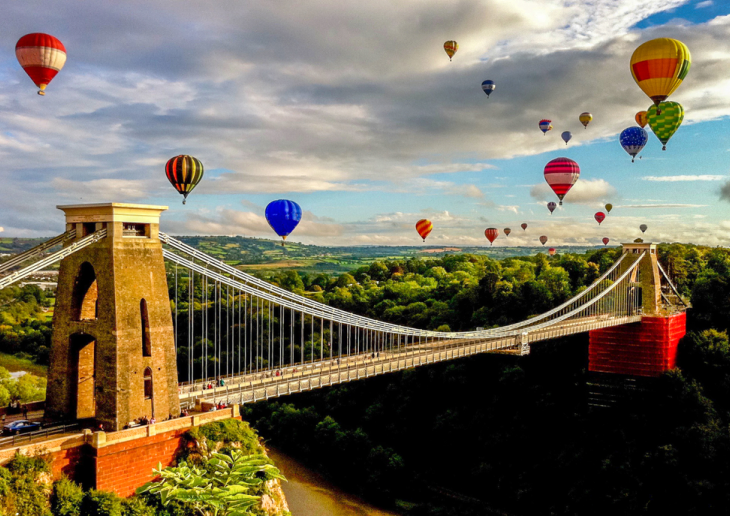
You can’t go far in the UK without running into something designed by Isambard Kingdom Brunel. One of the foremost engineers of Victorian times, his work is synonymous with the industrial revolution that transformed the country in the 19th century.
One of his many masterpieces is the Clifton Suspension Bridge in Bristol. Sadly, this design was completed after his death, so he never got to saw what would be one of his greatest achievements. Immediately recognisable because of the two stone towers that hold the suspension bridge, it has become the symbol of Bristol, used on postcards and tourist souvenirs. It was even home to the first UK bungee jump, the final flight of the Concorde flew over it, and the 2012 Olympic torch relay included a handover on the bridge.
Oresund Bridge, Sweden and Denmark

Fans of Scandi-noir dramas will recognise this bridge from the thrilling crime series – The Bridge. Connecting Sweden and Denmark, the bridge is 5 miles long. But it only takes you half the distance. The second half involves going down underwater through a tunnel. This half and half system was decided to avoid a full-length bridge interfering with air traffic at Copenhagen Airport.
As well as providing a transport connection for the citizens of Denmark and Sweden, it has also become an unexpected boon to nature. The metal struts that keep the bridge upright have become teeming with marine life, turning the site below the bridge into an artificial reef.
Sydney Harbour Bridge, Sydney, Australia
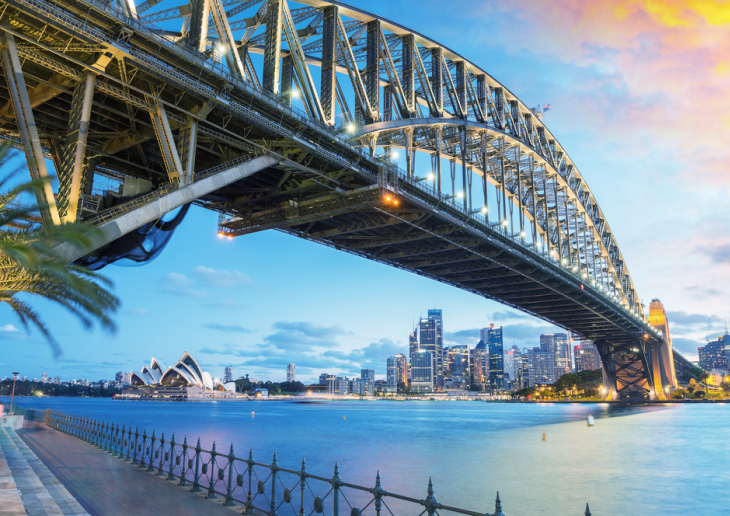
One of the must-do activities for any backpacker touring Australia is to take a walk across Sydney Harbour Bridge. Not by using the footpath that runs alongside the road. But across the huge metal arch that makes this bridge so iconic.
Situated right on the water next to the Sydney Opera House, the bridge was built by a British firm from Middlesbrough in the 1920s and 30s. Given the somewhat less spectacular nickname ‘The Coathanger’ for its design shape, the bridge has become a symbol of Australia. And many millions of people tune in each New Year’s to watch the spectacular firework display that takes place.
Viaduc de Millau, Millau, France
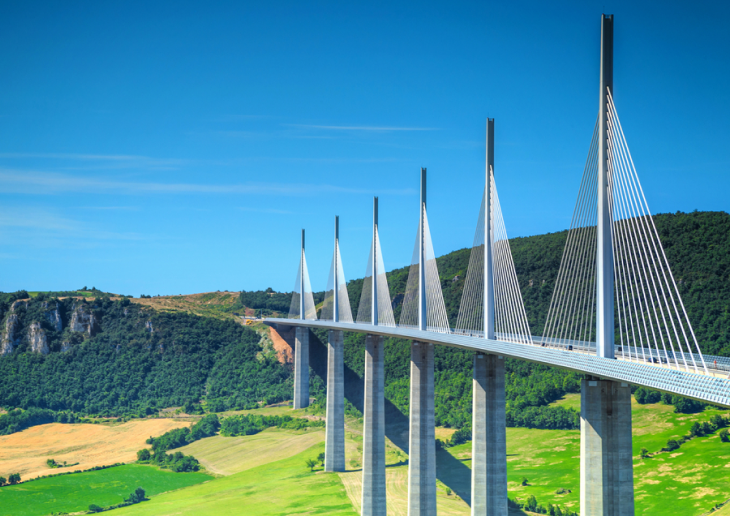
Unlike the other bridges on this list, the Viaduc de Millau is somewhat less well-known, and a lot more elegant in its design. That’s in part because its long length and tall means it has more towers than most, repeating across the 2.5 kilometre length.
Costing almost €400,000 to build, it crosses the gorge valley of the Tam in South France. Designed in part by English architect Norman Foster, the bridge also stakes claim to be the tallest in the world, with its highest point being over 1,000 feet. When you drive across this, you will occasionally see clouds on either side, thanks to its height and the weather formations in the gorge below. Truly beautiful.
Brooklyn Bridge, New York, USA
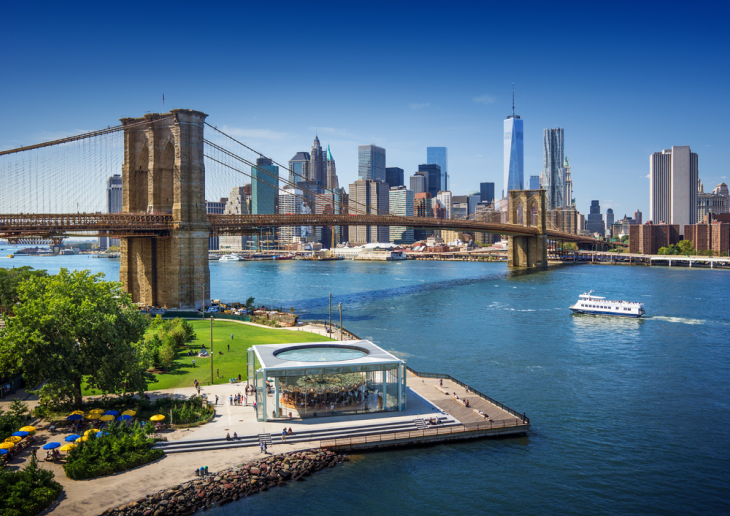
We return to the USA for our last spectacular bridge, but by no means least. One of the most densely populated places on Earth, getting in and out of New York is never easy. It took a lot of hard work and engineering to create the Brooklyn Bridge, which was the longest in the world at the time of its creation.
Like many of the other bridges on the list, it has become a symbol of the city itself. Now a popular tourist destination, as well as serving the city’s commuter traffic, the bridge is also somewhat of a feminist icon. The engineer behind the majority of the bridge’s construction is Emily Warren Roebling. Initially starting out as the wife of the main engineer, she took over when he couldn’t work due to injury, ensuring the bridge project was successfully completed.
Need a spectacular car for your next road trip?
If you're eagerly awaiting your next road trip, but want to find something that can handle the journey with ease and look as good as the bridges themselves, Creditplus can help you find and finance the perfect car.

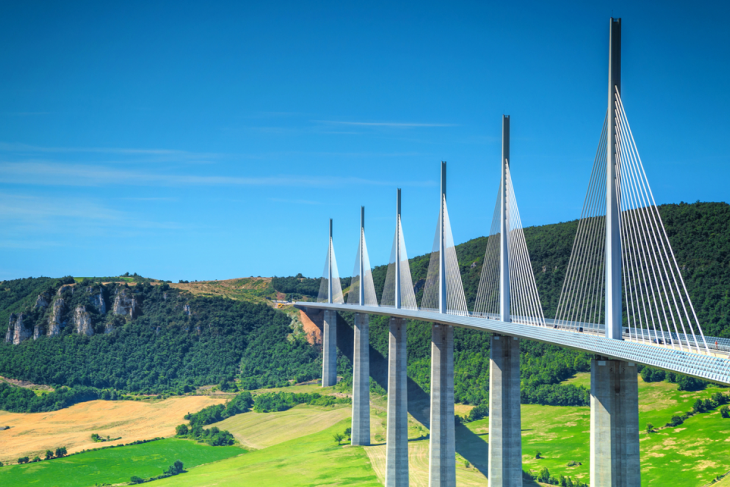




 Facebook
Facebook Twitter
Twitter Instagram
Instagram LinkedIn
LinkedIn Youtube
Youtube